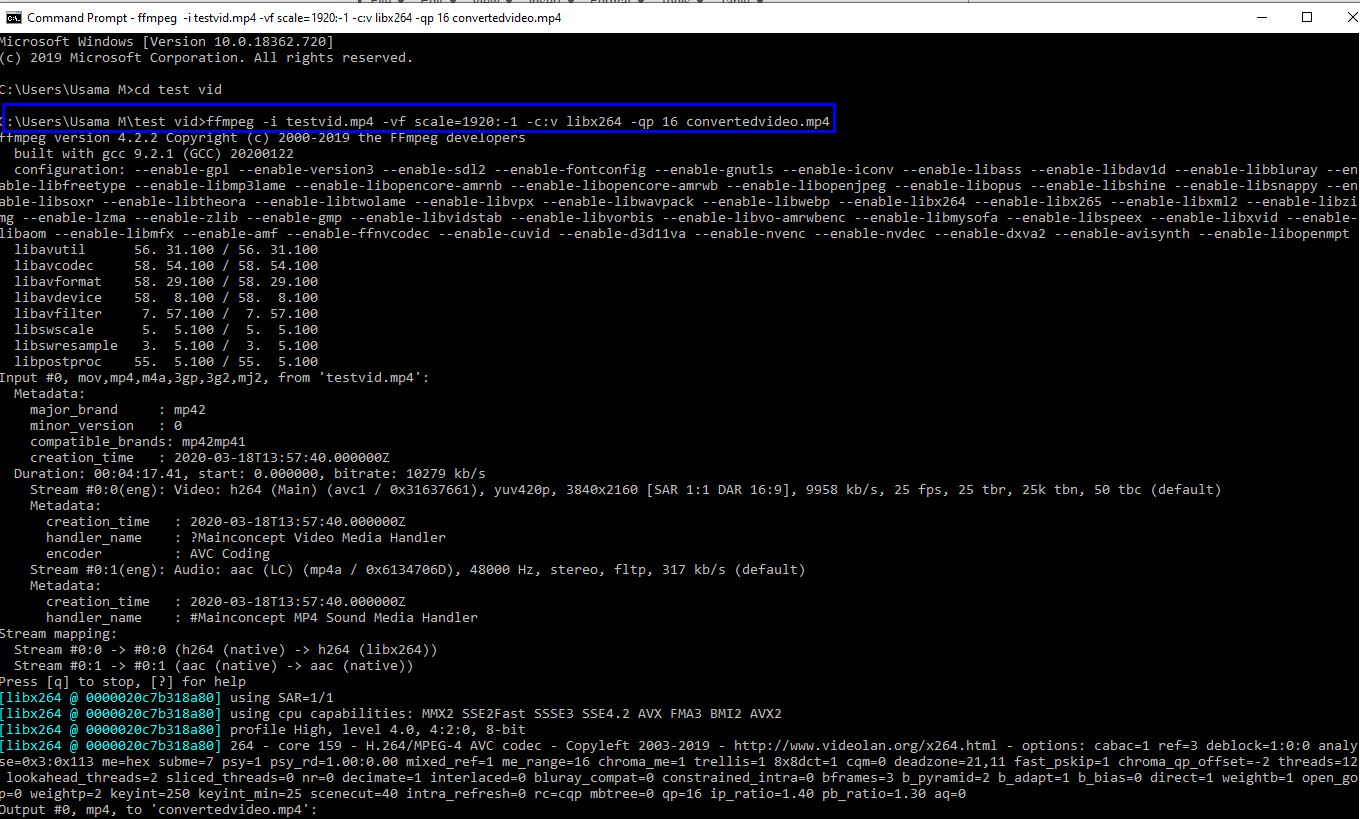

At 30 frames per second, you change image every 33 milliseconds. The number of pictures per second is called the frame rate. That’s a lot and that’s how you wonder sometimes how a single image can weight 1 MiB but one minute of 1080p video can weight only 15 MiB. It’s 1,800 frames per minute, 54,000 frames per half hour of video, or 108,000 frames per hour. Generally, videos from United States a contains 30 frames per second – realize a bit. That’s exactly what you see when you pause a video – and when you do so faces generally doesn’t look good! When an image comes from a video, it’s called a frame. Anyway, you can in fact extract a independent image from every image of a video. LCD screens just keep displaying the last image. But it’s not noticeable by human eye because the mechanism is fast enough and because of an optical illusion.īut computers don’t have this problem. In cinema and movie theaters, between each image there’s a black picture because the mechanism has to switch frame and was too slow. Let me explain.Ī video (even a YouTube video) is a suite of still images that changes quickly. And there’s a reason: videos are based on a series of images. It’s not really hard to integrates images in a video.

Video concepts: how images can work in a video

If you already used VLC, then you know a bit ffmpeg: VLC uses ffmpeg to decode as many videos as possible.īut before making videos, I need to tell you some concepts so you don’t get lost in the way. It’s the one which supports the greatest number of different codecs. If you don’t know it already, ffmpeg is a software that does video and audio conversion and editing using filters. 5.2.So you’re interested in building a video based on images? Linux softwares can help you with that task too, and especially one: ffmpeg. Users can skip – map and let ffmpeg handle stream selection. It also sets the number of output audio streams.įinally, the -map flag in step 5 allows for a custom stream selection in each output file if there are multiple.

Similarly, a (default is 0) sets the number of audio streams in each section. Next, we follow with v (default is 1), which sets the number of output video streams. In step 4, the number of files we want to join is in the value of n (default is 2). Map the resulting audio and video streams to the output.Select the actual streams in a specific order: video and audio from the first, second, and third file.Use -filter_complex to select streams from the input files.Here’s a quick rundown of what’s going on in the command: To explain the contact filter, we’ll use start.mkv, body.mkv, and rear.mkv with a single audio stream: $ ffmpeg -i start.mkv -i body.mkv -i rear.mkv -filter_complex \


 0 kommentar(er)
0 kommentar(er)
